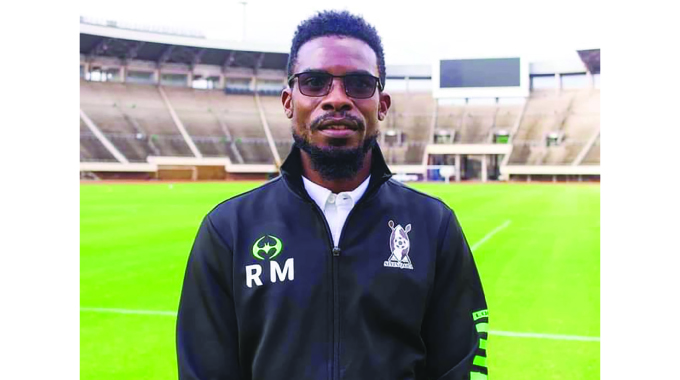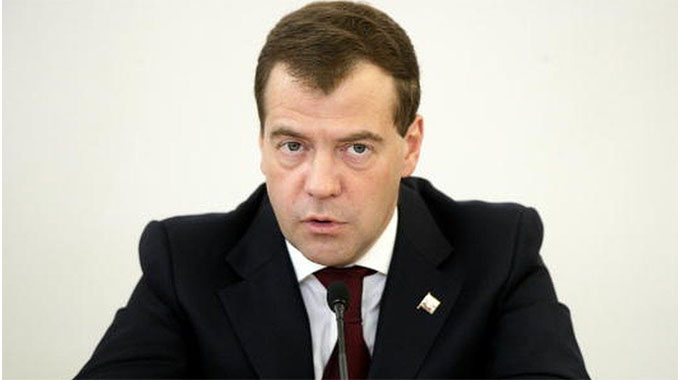IPPs challenged to collaborate

Leonard Ncube in Victoria Falls
SMALL and independent power producers (IPPs) have been challenged to collaborate so that they can meet the target of producing 2 000MW by 2030.
Government mandated IPPs to generate about 2 00MW by 2030 as part of the Second Republic’s grand vision of an upper middle-income society where electricity, among other services, should be readily available and accessible to all citizens.
Speaking at the ongoing 3rd International Renewable, Energy Conference here, energy experts said Zimbabwe has to create a conducive environment to attract foreign investors to be able to meet its targets.
Government has licensed scores of IPP projects and a handful have been implemented and are not generating much.
Mr Ian McKesie, who is managing director of Nyangani Energy which is producing about 35MW outside Harare, said more IPPs and investors are needed.
“We need to focus on small IPPs and scale them up step by step because domestic funding cannot do bigger projects.
We as a producer have been doing small projects and we would love to roll-out projects every year but in 2020 we stopped because lenders lost confidence in the ability of Zimbabwe system to repay money,” said Mr McKesie.
He said there is a need to restore confidence and trust of foreign investors.
Mr McKesie said accessing foreign currency is a challenge for IPPs and buying it from the parallel market is expensive.
He said IPPs should be paid in foreign currency when they sell electricity to the grid.
Mr MacKesie said IPPs following a recommendation by the Parliamentary Portfolio Committee on Energy, formed the Zimbabwe Independent Power Producers Association (ZIPPA), an association of IPPS operating and delivering power to Zesa.
Mr Victor Utedzi, who is director of CetraGrid, another IPP that is producing 25MW of PV solar in Nyabira outside Harare, said IPPs are the backbone of the future developments in the power sector.
He said IPPs have a mandate to meet power demand but are far below the 2030 target.
“Government has given us a mandate to add at least 2 000MW of new power from hydro plants, PV solar, wind, biogas and others.
We are now in 2022 and already we are looking at a target of 300MW per year to be able to meet our target.
We are doing less than 50MW per year as a country and the more we take time the more it appears impossible to do it.
Banks, insurance and individuals on stock exchange and foreign investors must partner with local investors,” said Mr Utedzi.
He said all licensed IPPs should be implemented because Zimbabwe has perfect conditions to roll-out solar plants.
“We as a country are not able to attract foreign investors at the moment because they are not confident that they can bring their money and be able to repatriate it safely.
These are the things we are working to address to make investors come and earn a good return.
Until we address those challenges about currency convertibility, foreign currency availability and good market rates without delays, we are unable to attract foreign investors.
So it only leaves domestic financiers trying to implement these projects yet they are limited and cannot do this alone,” said Mr Utedzi.
According to energy experts, renewable energy will contribute about 50 percent of energy mix by 2040 in Africa.
The conference ends today and is being held under the theme: “Net Zero Africa.”
— @ncubeleon








Comments